-
 Bitcoin
Bitcoin $77,582.7508
-2.72% -
 Ethereum
Ethereum $1,484.8733
-4.90% -
 Tether USDt
Tether USDt $0.9991
-0.06% -
 XRP
XRP $1.8190
-6.84% -
 BNB
BNB $558.9330
-0.67% -
 USDC
USDC $0.9998
-0.06% -
 Solana
Solana $105.8173
-3.99% -
 Dogecoin
Dogecoin $0.1474
-4.02% -
 TRON
TRON $0.2294
-2.85% -
 Cardano
Cardano $0.5677
-7.00% -
 UNUS SED LEO
UNUS SED LEO $9.1640
1.91% -
 Toncoin
Toncoin $3.0205
-3.48% -
 Chainlink
Chainlink $11.3410
-3.03% -
 Avalanche
Avalanche $16.3752
-6.49% -
 Stellar
Stellar $0.2205
-7.38% -
 Shiba Inu
Shiba Inu $0.0...01104
-2.53% -
 Hedera
Hedera $0.1502
-8.41% -
 Sui
Sui $1.9322
-6.31% -
 MANTRA
MANTRA $6.1619
-1.24% -
 Bitcoin Cash
Bitcoin Cash $273.1447
-3.59% -
 Litecoin
Litecoin $71.3781
-2.06% -
 Dai
Dai $0.9999
-0.04% -
 Polkadot
Polkadot $3.4140
-6.57% -
 Ethena USDe
Ethena USDe $0.9986
-0.07% -
 Bitget Token
Bitget Token $4.0704
-2.58% -
 Hyperliquid
Hyperliquid $12.2616
1.62% -
 Pi
Pi $0.5705
-2.24% -
 Monero
Monero $196.1775
-4.56% -
 OKB
OKB $51.6798
-1.63% -
 Uniswap
Uniswap $4.8529
-6.54%
How to trade contracts on BigONE
To trade contracts on BigONE, you'll need to create an account, verify your identity, deposit funds, understand the trading interface, place orders, manage your positions, and implement risk management strategies.
Nov 25, 2024 at 07:54 am
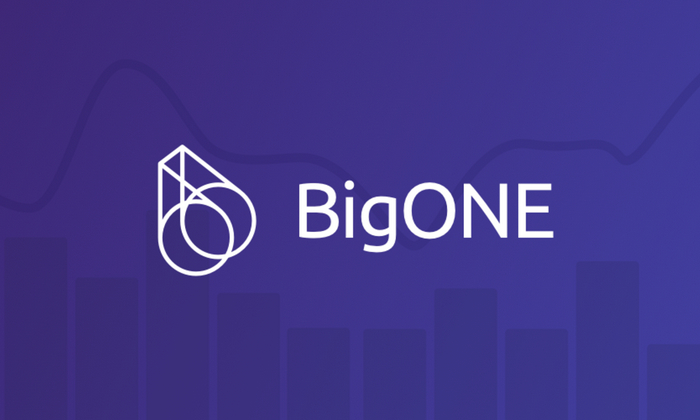
How to Trade Contracts on BigONE: A Comprehensive Guide
Introduction
Contract trading is a sophisticated and high-risk investment strategy that involves predicting the future price of cryptocurrencies using leverage. While it can offer potentially high returns, it also carries significant risk of loss. If you're new to contract trading or simply want to learn more about how it works on BigONE, this comprehensive guide will walk you through each step in detail.
Step 1: Creating an Account and KYC Verification
- Visit the official BigONE website and click "Sign Up."
- Enter your email address or mobile number to receive a verification code.
- Complete the registration process by providing your personal information.
- Submit your KYC documents to verify your identity.
Step 2: Funding Your Account
- Log in to your BigONE account and select "Deposit."
- Choose your preferred cryptocurrency and deposit method (e.g., bank transfer, crypto wallet).
- Follow the on-screen instructions to complete the deposit.
Step 3: Understanding the Contract Trading Interface
- Navigate to the "Contracts" section on BigONE's website.
- Select the contract you wish to trade (e.g., BTCUSDT).
- Familiarize yourself with the interface, including the order book, price chart, and trading buttons.
Step 4: Placing Orders
- Limit Order: Set a specific price at which you want to buy or sell the contract.
- Market Order: Buy or sell the contract at the current market price.
- Stop-Limit Order: Place an order that triggers when the price reaches a specified level, enabling you to limit potential losses or lock in profits.
- Trailing Stop Order: Set an order that automatically adjusts the stop price based on the market price, helping you maximize gains during favorable market movements.
Step 5: Managing Your Positions
- Once you have an open position, you can adjust or close it using the "Manage Positions" tab.
- The "Reduce Position" button allows you to close a portion of your position.
- The "Close Position" button closes the entire position.
- Regularly monitor your positions to manage risk and optimize returns.
Step 6: Settlement and Profit/Loss
- Contract settlements occur on a predetermined date and time.
- Profits or losses are calculated based on the difference between the opening and closing prices of your positions.
- Successful trades result in a positive profit/loss balance, while unsuccessful trades result in a negative balance.
Step 7: Advanced Trading Strategies
- Scalping: Profiting from small price fluctuations over short periods.
- Hedging: Using opposite positions to mitigate risk.
- Arbitrage: Exploiting price discrepancies across different exchanges.
- Seek professional advice or conduct extensive research to master advanced trading strategies.
Step 8: Risk Management
- Utilize stop-loss orders to limit potential losses.
- Set reasonable leverage levels (low leverage is recommended for beginners).
- Monitor your account balance and adjust your trading accordingly.
- Manage your emotions and avoid impulsive trading decisions.
Disclaimer:info@kdj.com
The information provided is not trading advice. kdj.com does not assume any responsibility for any investments made based on the information provided in this article. Cryptocurrencies are highly volatile and it is highly recommended that you invest with caution after thorough research!
If you believe that the content used on this website infringes your copyright, please contact us immediately (info@kdj.com) and we will delete it promptly.
- MEXC Launches BTC Fixed Saving Event with Up to 99% APR, Preceding Babylon (BABY) Token Listing
- 2025-04-09 22:05:13
- Hyperliquid (HYPE) Is Showing Strength At A Time When Bitcoin And Stocks Are In The Gutter
- 2025-04-09 22:05:13
- Outperforming Dogecoin (DOGE), Mutuum Finance (MUTM) Has Turned 2% on Its Head
- 2025-04-09 22:00:12
- #title I Rarely Post Comments About Ethereum Because Many Friends Hold Large Positions
- 2025-04-09 22:00:12
- As the macro-economic uncertainty increases, new investment options arise in the crypto world.
- 2025-04-09 21:55:12
- Bitcoin (BTC) Price Falls Below $75,000 for the Second Time This Week, Pushing Weekly Losses to Over 11%
- 2025-04-09 21:55:12
Related knowledge

Why does a perpetual contract have no expiration date?
Apr 09,2025 at 08:43pm
Perpetual contracts, also known as perpetual futures or perpetual swaps, are a type of derivative product that has gained significant popularity in the cryptocurrency market. Unlike traditional futures contracts, which have a fixed expiration date, perpetual contracts do not expire. This unique feature raises the question: why does a perpetual contract ...
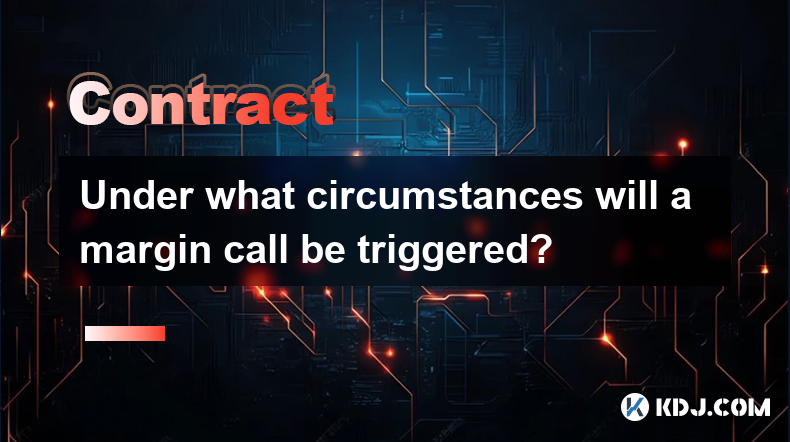
Under what circumstances will a margin call be triggered?
Apr 08,2025 at 02:43pm
Margin trading in the cryptocurrency market allows traders to borrow funds to increase their trading position, potentially amplifying both gains and losses. A critical aspect of margin trading is understanding when a margin call might be triggered, as it can significantly impact your trading strategy and financial health. In this article, we will explor...
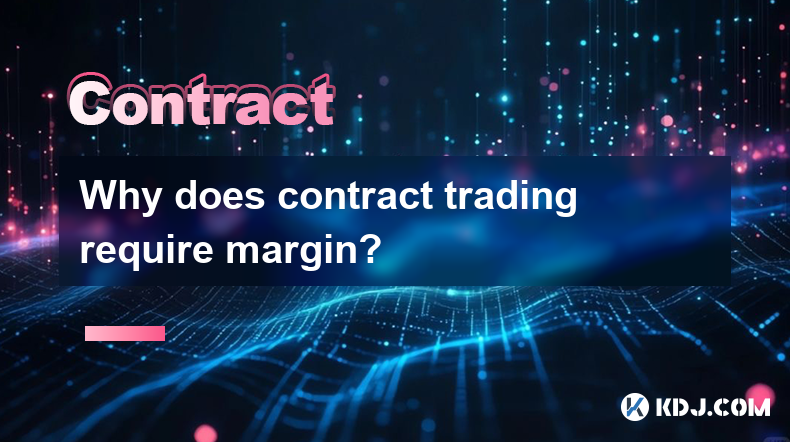
Why does contract trading require margin?
Apr 08,2025 at 02:07pm
Introduction to Contract TradingContract trading in the cryptocurrency market refers to the practice of trading futures or options contracts. These contracts allow traders to speculate on the future price of a cryptocurrency without actually owning the underlying asset. One of the key components of contract trading is the use of margin. Margin is essent...
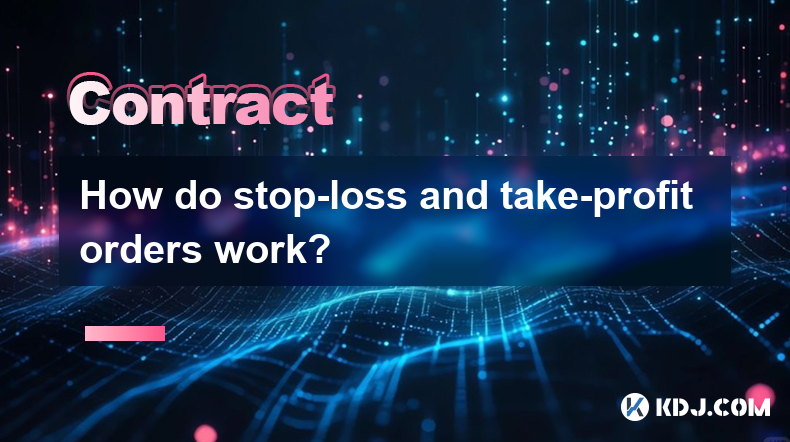
How do stop-loss and take-profit orders work?
Apr 08,2025 at 03:43pm
How do Stop-Loss and Take-Profit Orders Work? In the volatile world of cryptocurrencies, managing risk is crucial for traders. Two essential tools that help in this regard are stop-loss and take-profit orders. These orders are designed to automatically execute trades when certain price levels are reached, helping traders to limit losses and secure profi...
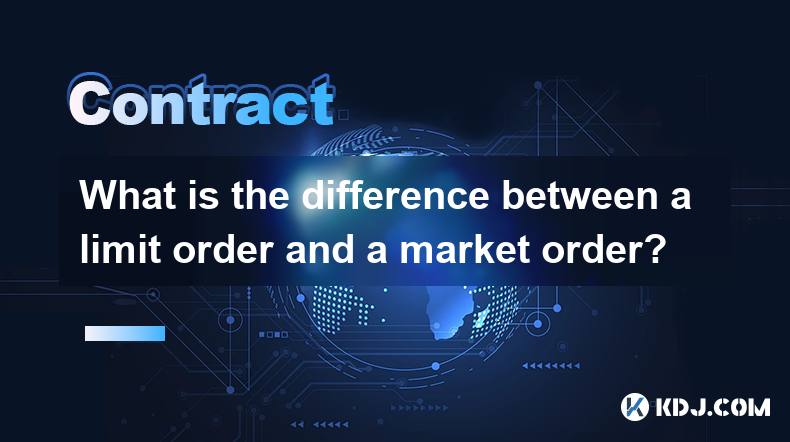
What is the difference between a limit order and a market order?
Apr 08,2025 at 05:14pm
When trading cryptocurrencies, understanding the different types of orders you can place is crucial for effective trading. Two of the most common types of orders are limit orders and market orders. Each serves a different purpose and comes with its own set of advantages and disadvantages. In this article, we will delve into the specifics of both types o...
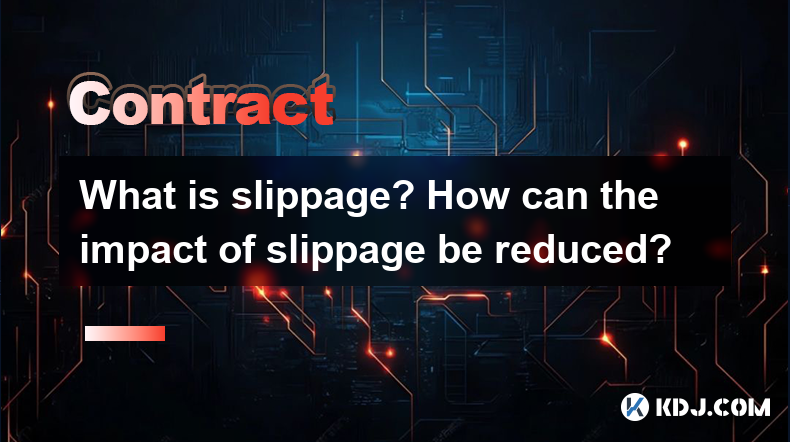
What is slippage? How can the impact of slippage be reduced?
Apr 09,2025 at 04:21am
Slippage in the context of cryptocurrency trading refers to the difference between the expected price of a trade and the price at which the trade is actually executed. This phenomenon occurs due to the volatility and liquidity of the market, and it can significantly impact the profitability of trades. Understanding slippage and learning how to mitigate ...

Why does a perpetual contract have no expiration date?
Apr 09,2025 at 08:43pm
Perpetual contracts, also known as perpetual futures or perpetual swaps, are a type of derivative product that has gained significant popularity in the cryptocurrency market. Unlike traditional futures contracts, which have a fixed expiration date, perpetual contracts do not expire. This unique feature raises the question: why does a perpetual contract ...

Under what circumstances will a margin call be triggered?
Apr 08,2025 at 02:43pm
Margin trading in the cryptocurrency market allows traders to borrow funds to increase their trading position, potentially amplifying both gains and losses. A critical aspect of margin trading is understanding when a margin call might be triggered, as it can significantly impact your trading strategy and financial health. In this article, we will explor...

Why does contract trading require margin?
Apr 08,2025 at 02:07pm
Introduction to Contract TradingContract trading in the cryptocurrency market refers to the practice of trading futures or options contracts. These contracts allow traders to speculate on the future price of a cryptocurrency without actually owning the underlying asset. One of the key components of contract trading is the use of margin. Margin is essent...

How do stop-loss and take-profit orders work?
Apr 08,2025 at 03:43pm
How do Stop-Loss and Take-Profit Orders Work? In the volatile world of cryptocurrencies, managing risk is crucial for traders. Two essential tools that help in this regard are stop-loss and take-profit orders. These orders are designed to automatically execute trades when certain price levels are reached, helping traders to limit losses and secure profi...

What is the difference between a limit order and a market order?
Apr 08,2025 at 05:14pm
When trading cryptocurrencies, understanding the different types of orders you can place is crucial for effective trading. Two of the most common types of orders are limit orders and market orders. Each serves a different purpose and comes with its own set of advantages and disadvantages. In this article, we will delve into the specifics of both types o...

What is slippage? How can the impact of slippage be reduced?
Apr 09,2025 at 04:21am
Slippage in the context of cryptocurrency trading refers to the difference between the expected price of a trade and the price at which the trade is actually executed. This phenomenon occurs due to the volatility and liquidity of the market, and it can significantly impact the profitability of trades. Understanding slippage and learning how to mitigate ...
See all articles























































































